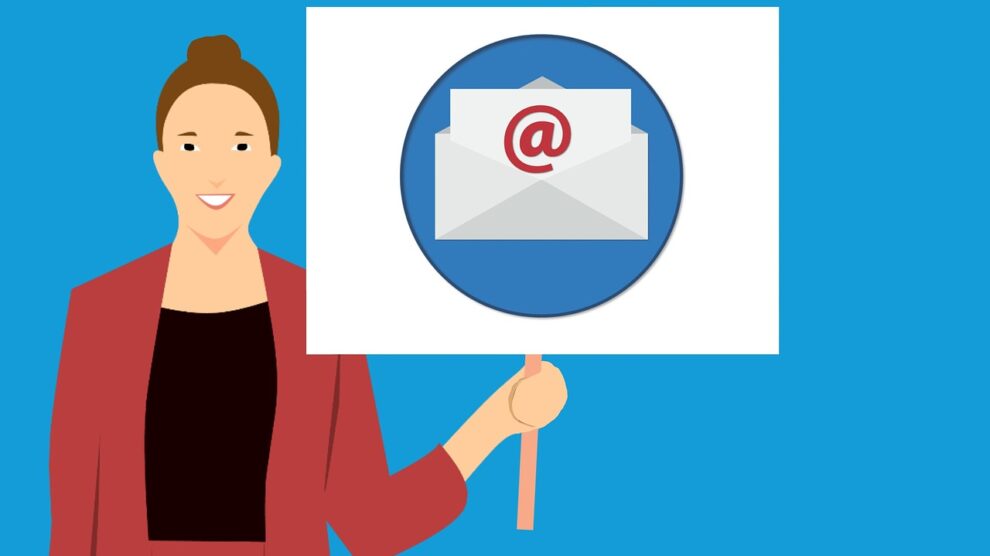Building relationships with prospects can be tough, especially when you’re trying to catch their attention using an email. Like you, they are bombarded on a daily basis with sales emails and ads on social media, each one vying for their attention. So how is it possible to stand out from all the other salespeople who want your prospect’s attention?
You may have heard already that personalizing your sales email is a great way to catch a prospect’s attention. After all, modern consumers want to be seen as individuals and expect a relevant and personalized experience. That being said, is it really possible to tailor each of your emails for every individual prospect?
There is a solution that can make your life easier. Learn more at VanillaSoft.com about their sales engagement platform that includes email features that allow you to:
- Create email templates that get automatically sent out based on your sales cadence
- Automatically personalize your email content based on key contact variables
- Store email data with the contact’s info for insights into correspondence history
Once you craft your first template, you’ll be able to automatically personalize them with the system. Here are the three essential elements that you’ll need to write that first winning email.
1. Structure
The first hurdle with a sales email is getting your prospects to open them, to begin with. Here is where the subject line becomes really important. Some ideas to help you stand out include:
- Ask a question in the subject line that signals to the reader that you value their feedback
- Frame the subject line around something of value like a recent event, a report that’s been released, or an invitation to a beta
For the content of the email, make sure you pace yourself and ease your way into your pitch.
2. Mindset
You can’t write a good sales email if you’re too focused on yourself. Instead, you need to be empathetic to your audience’s wants and needs, and let them know what you can do for them. Good salespeople are all about bringing value to others, and as long as you are authentic in the way you communicate your goals, then you will successfully come across as genuine.
3. Call to Action
The call to action is the part of the email where you invite your prospect to the next step of the sales process. It needs to be clear, to the point, and obvious. It could come in the form of a link to a video, an invitation to an exclusive webinar with a special guest, or as a link to a free demo.
Whatever it is, make sure that your call to action visually stands out from the rest of the email. This could be in the form of a large button that says, “Download Your Free Demo Here.”
After First Contact
Don’t be afraid to send even more personalized, non-sales emails to your prospect, especially if you have relevant information to share. Even if you aren’t engaging in a sale conversation with them, it’s still important to develop a relationship and strengthen your connection. That way, when they want something you can provide, they’ll be more inclined to reach out.





